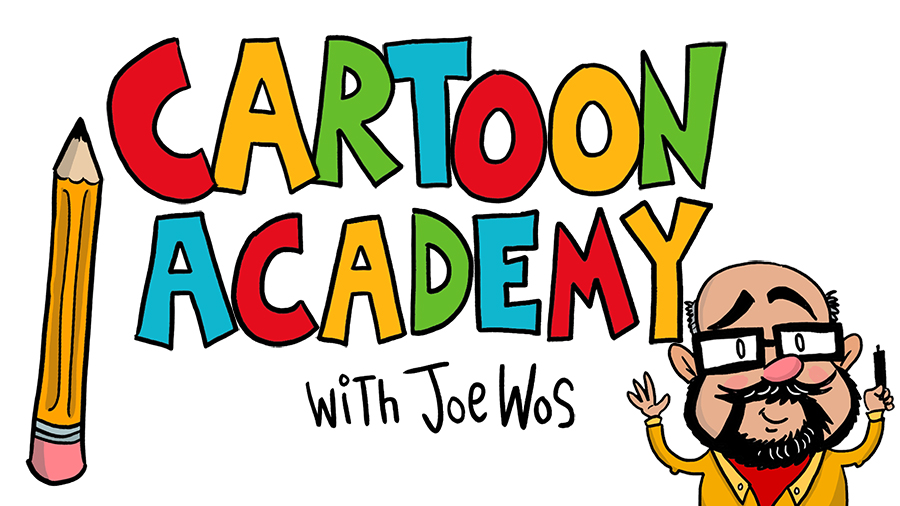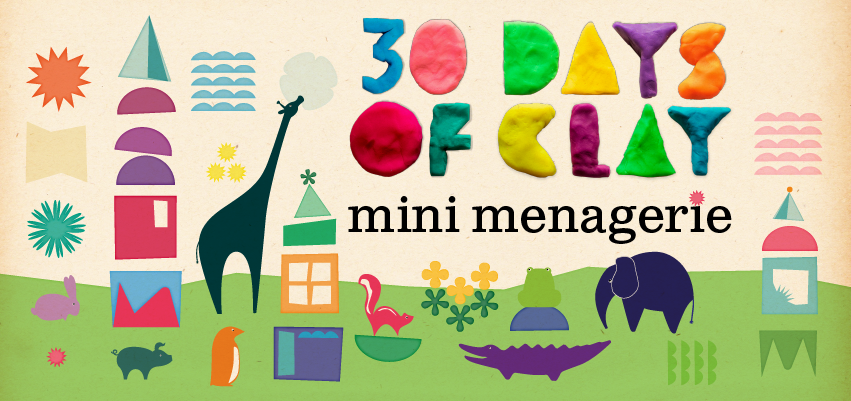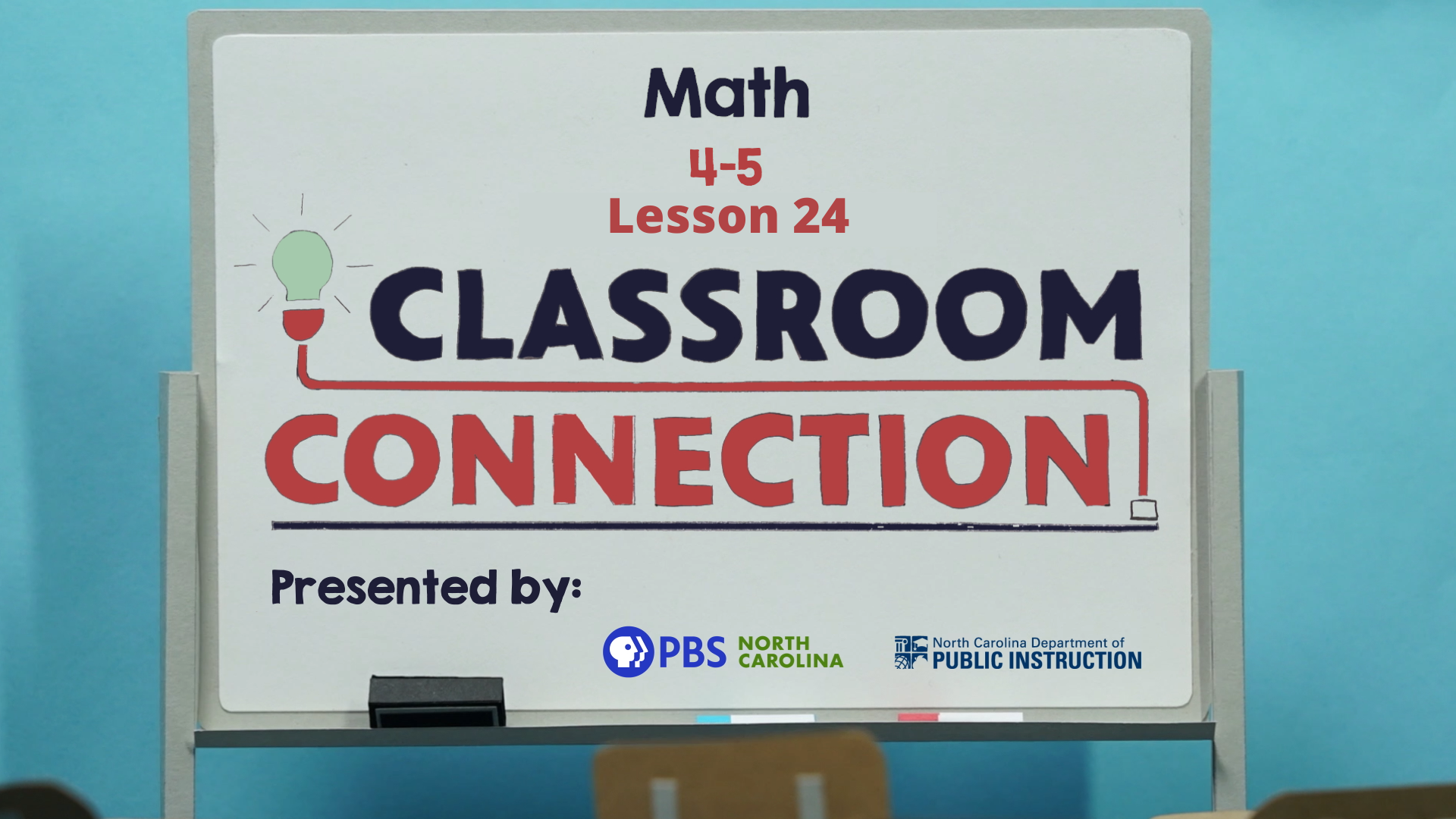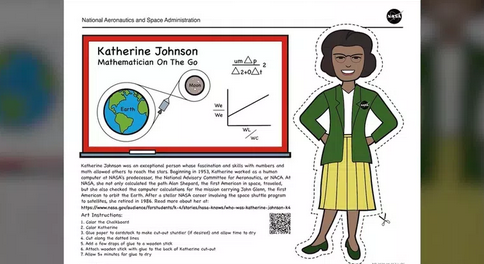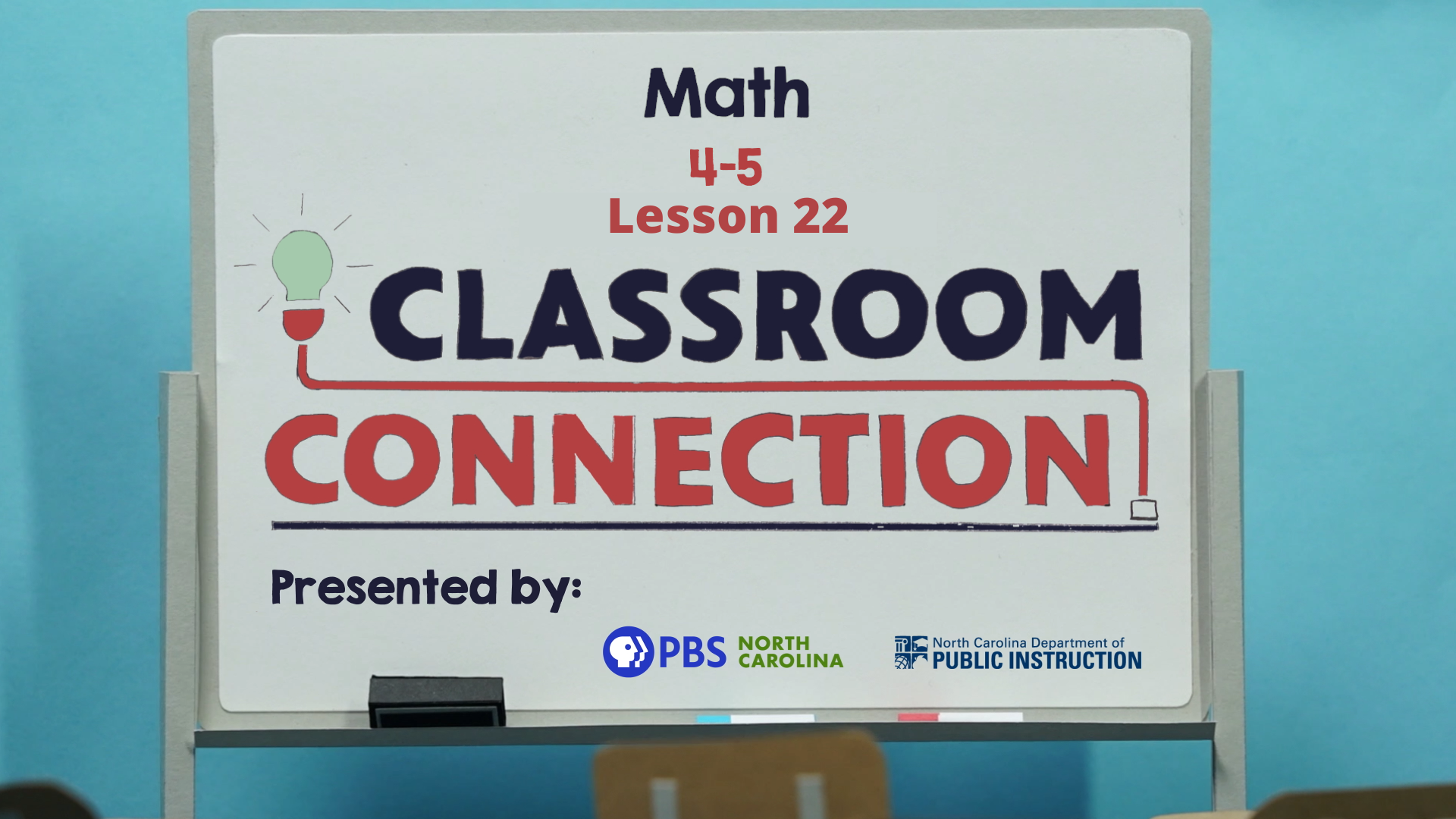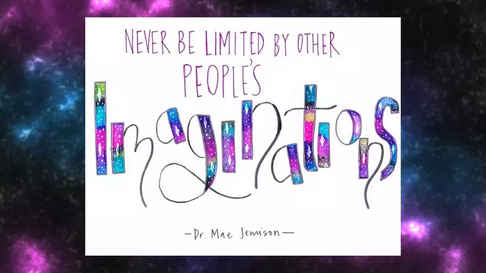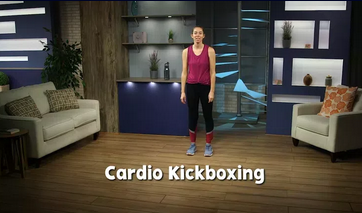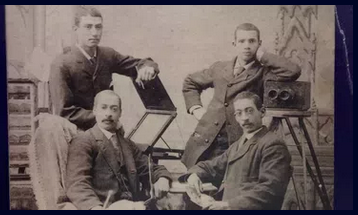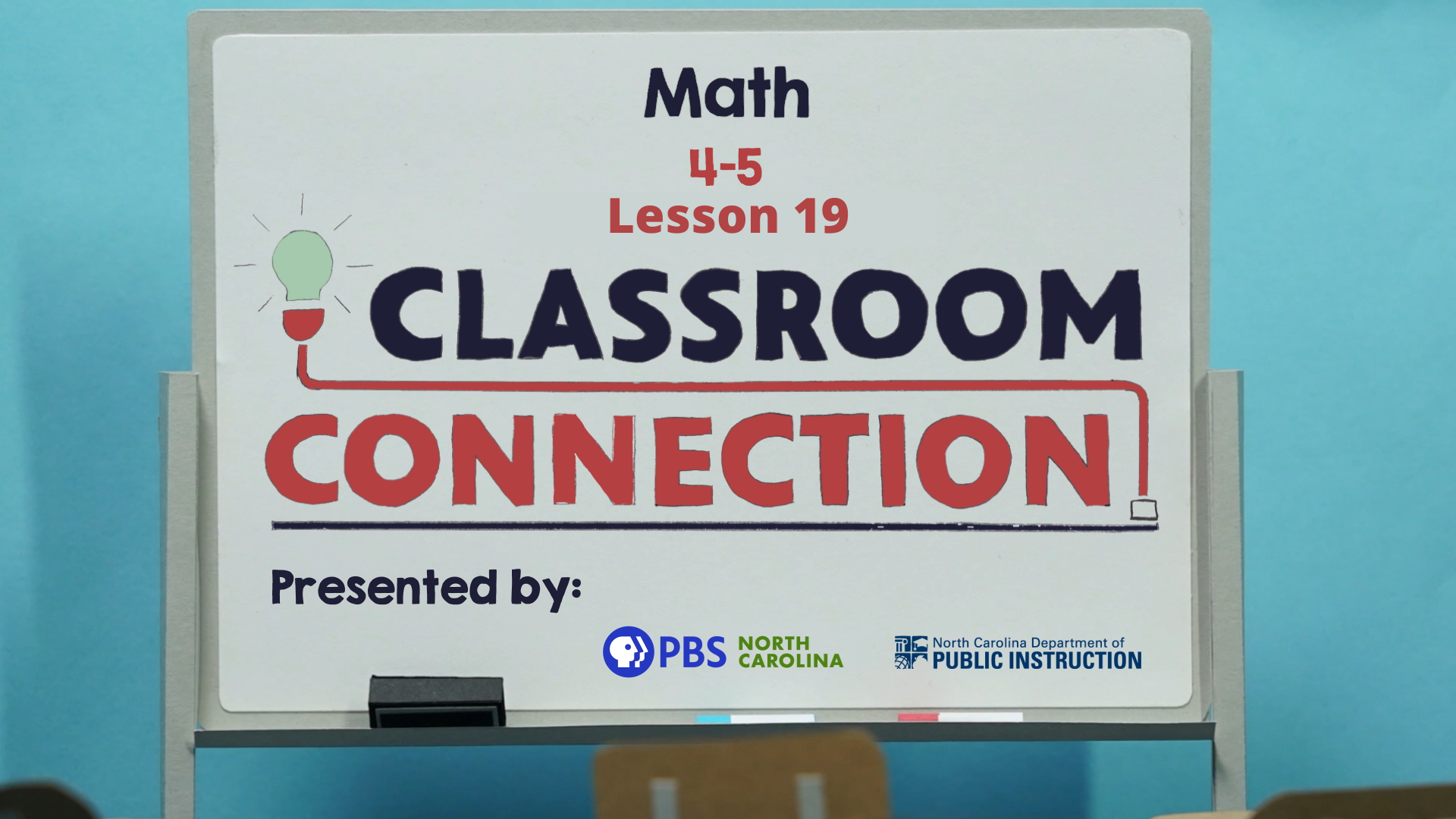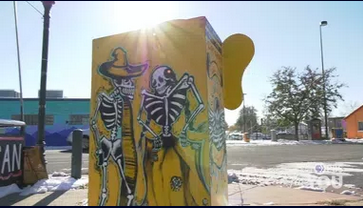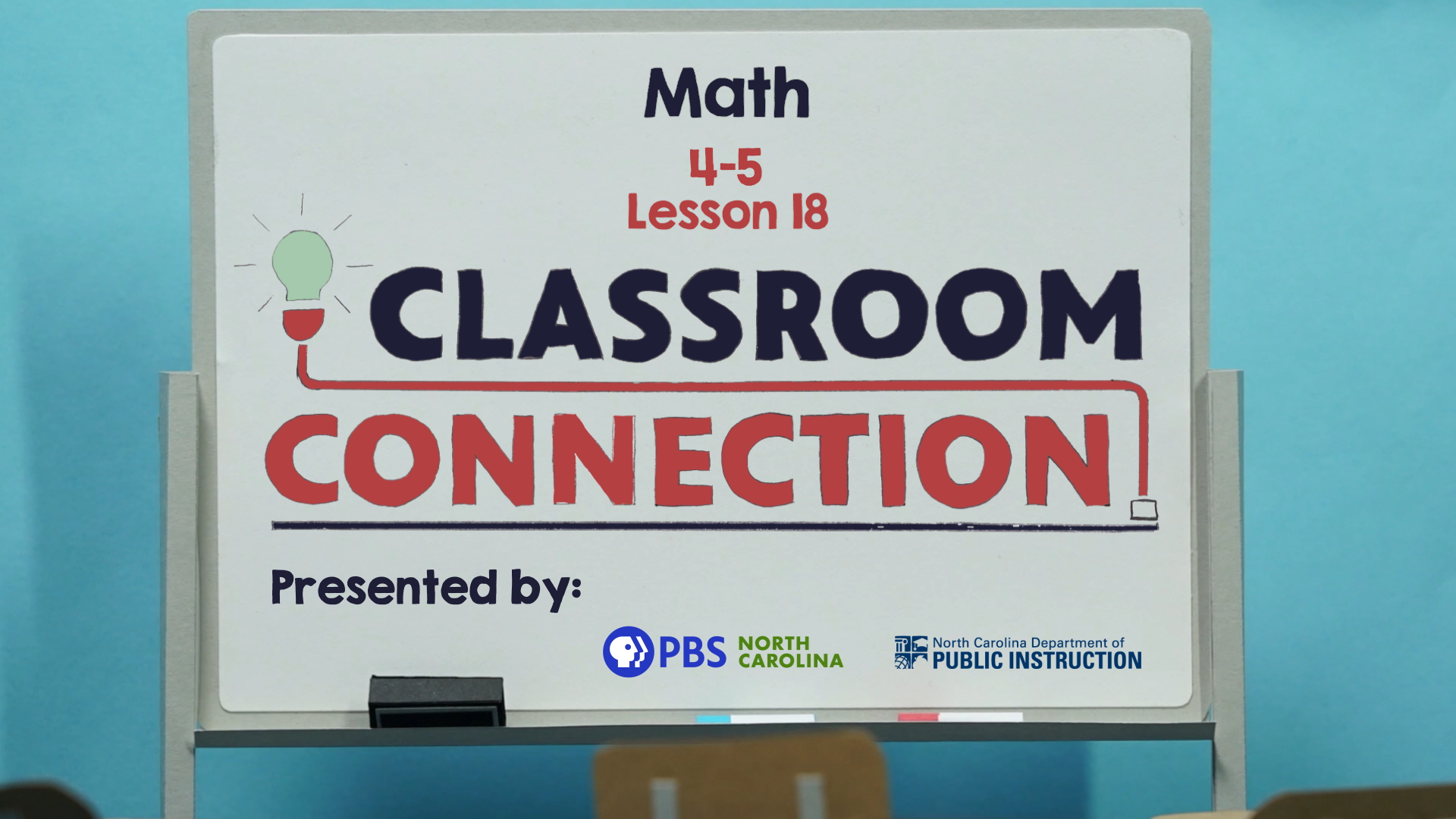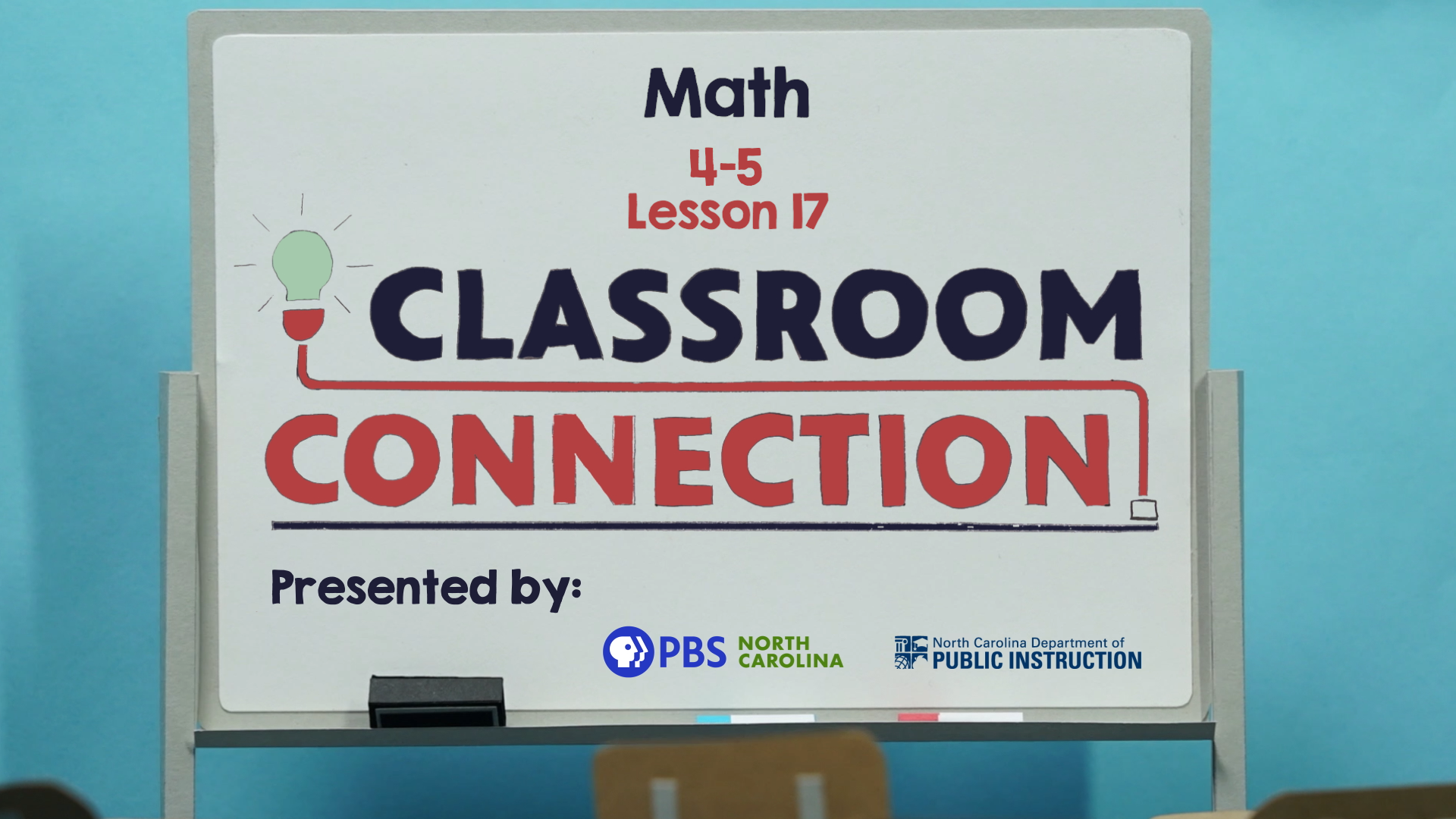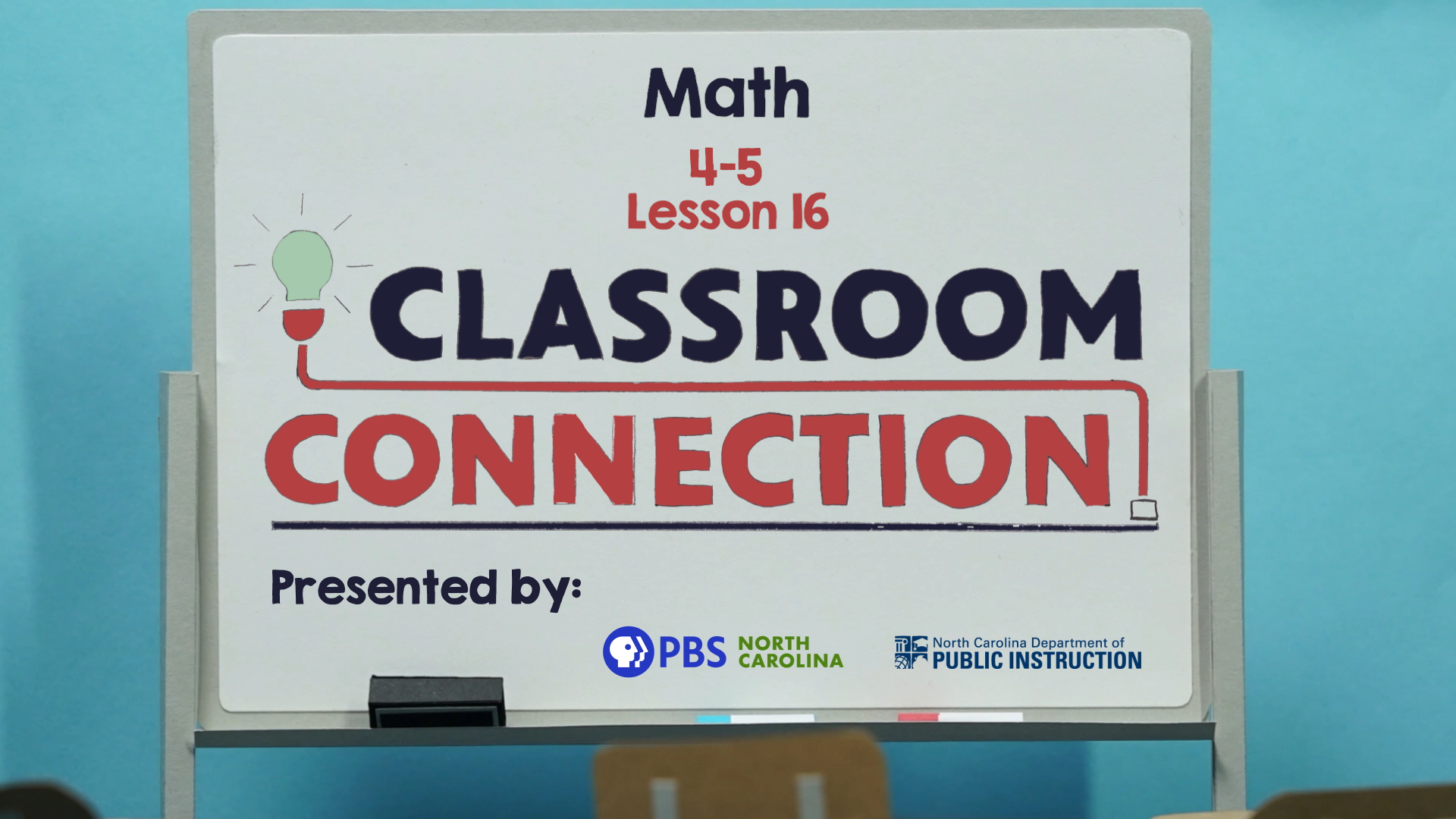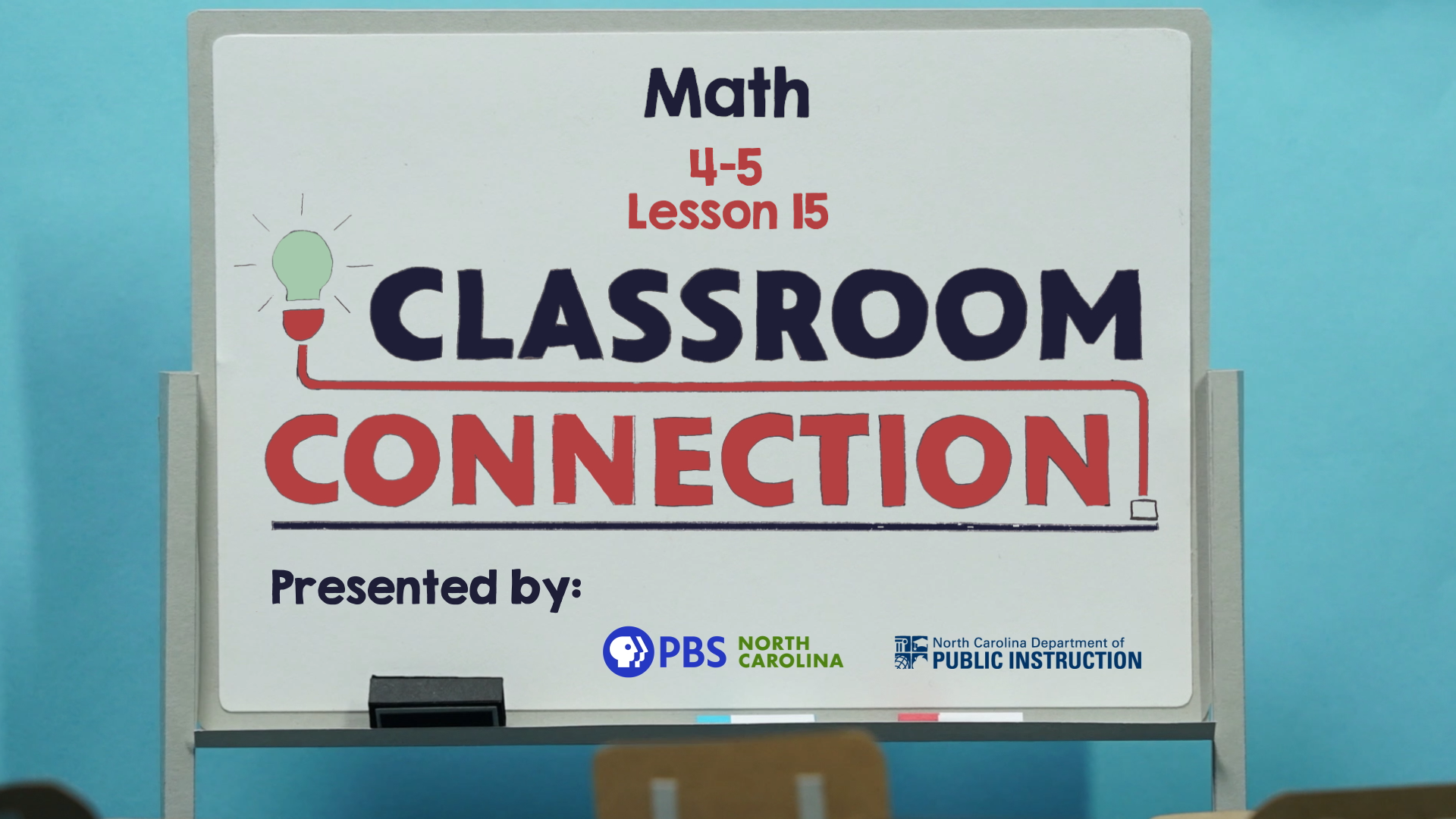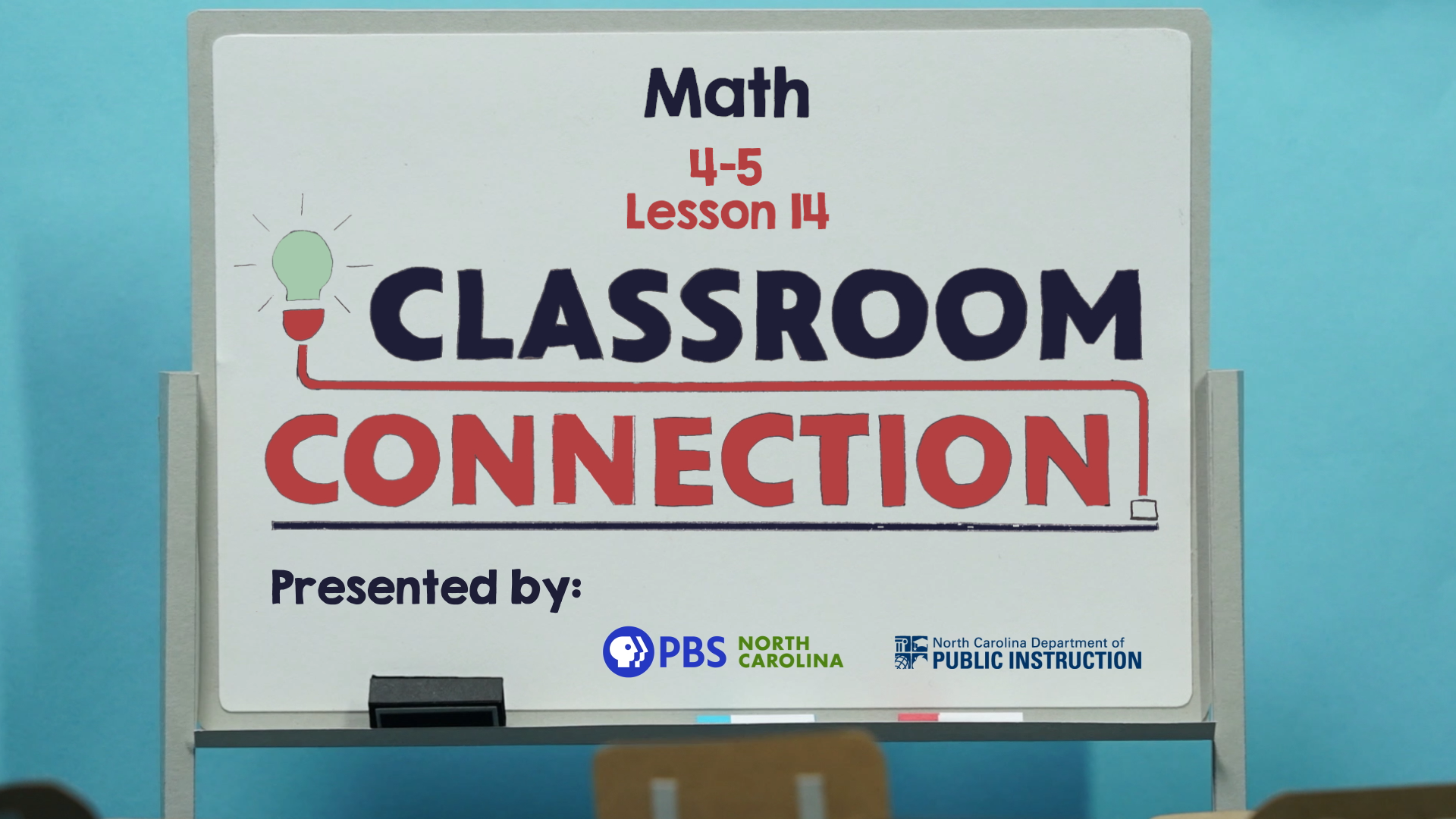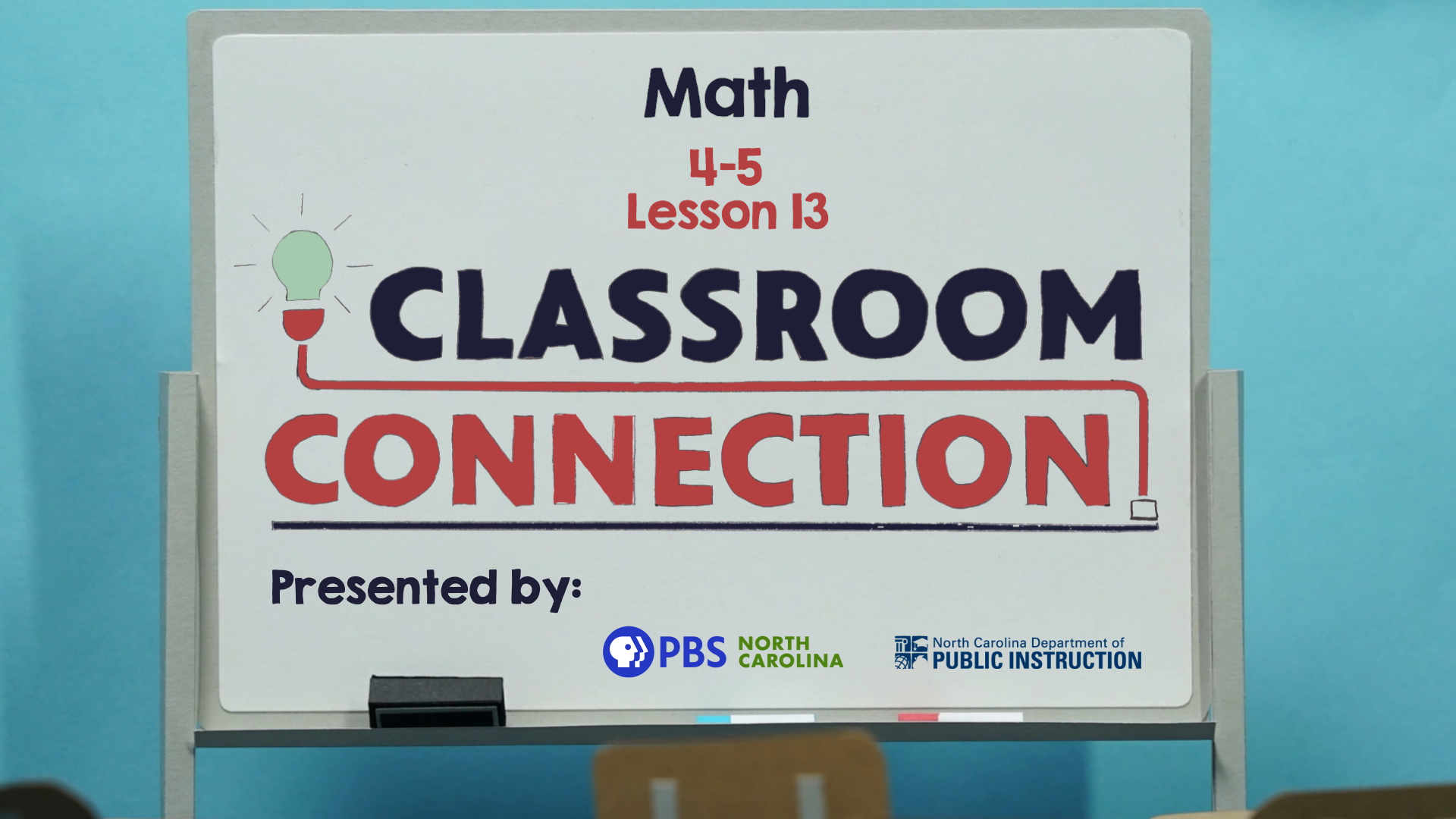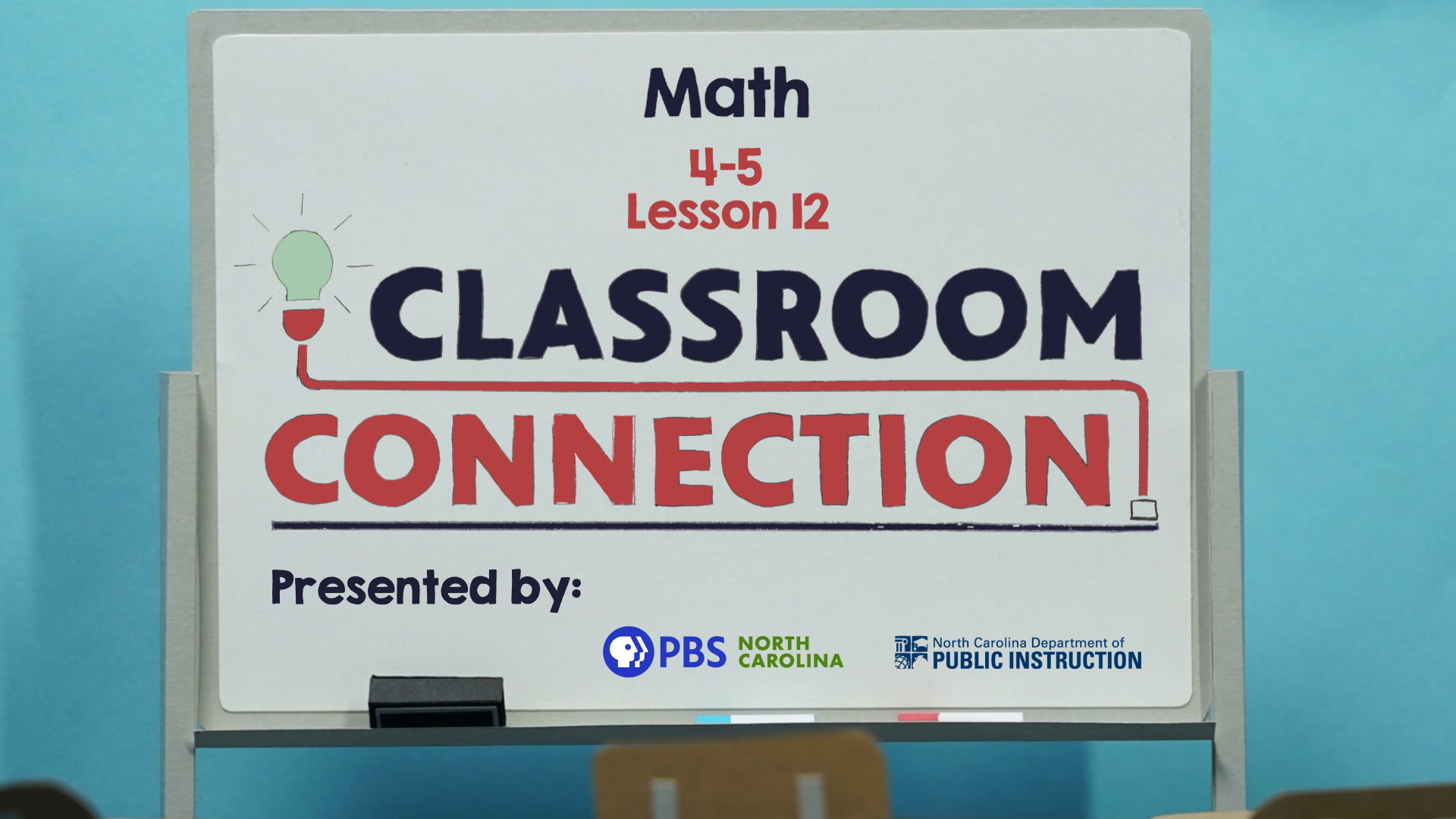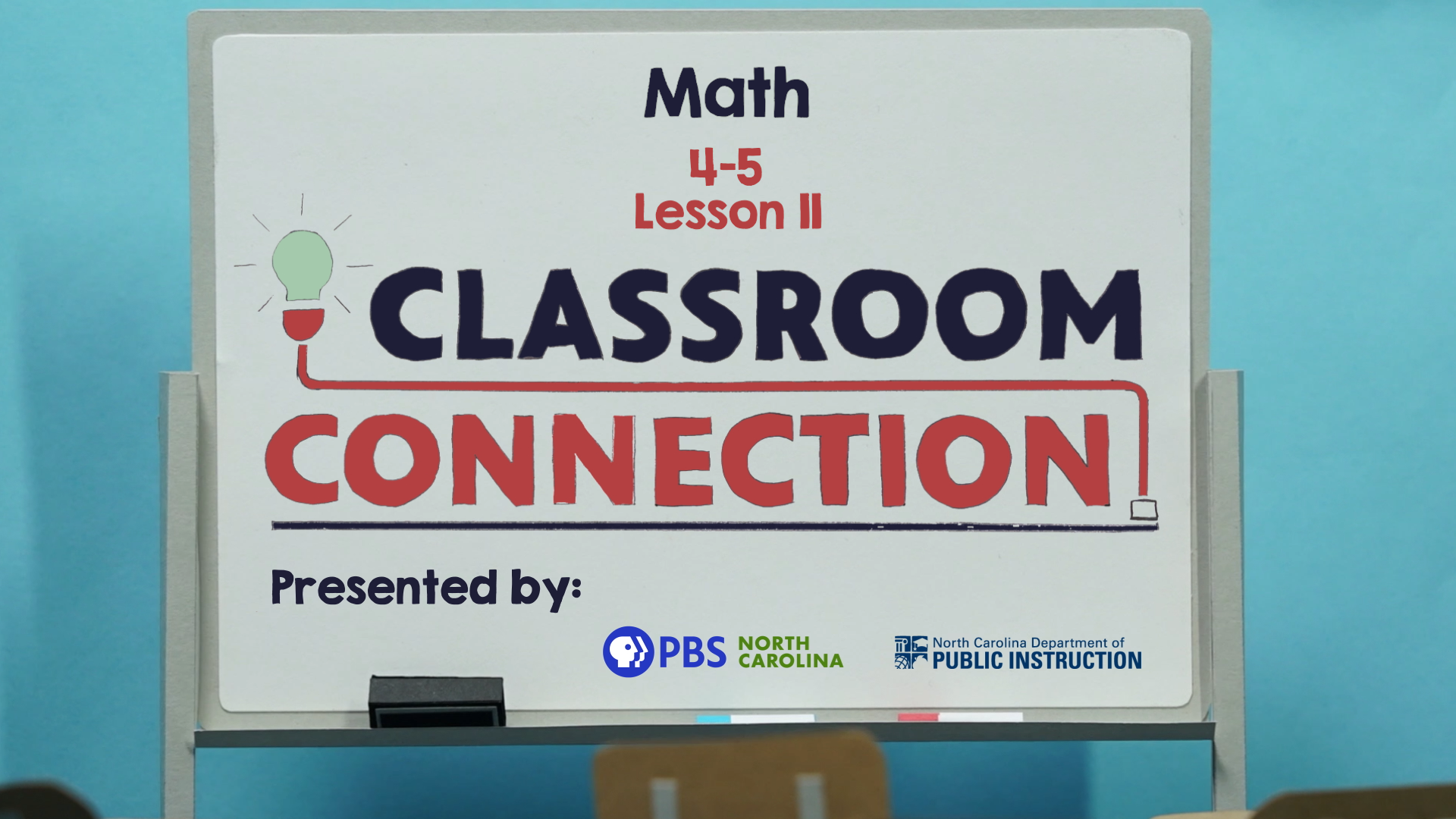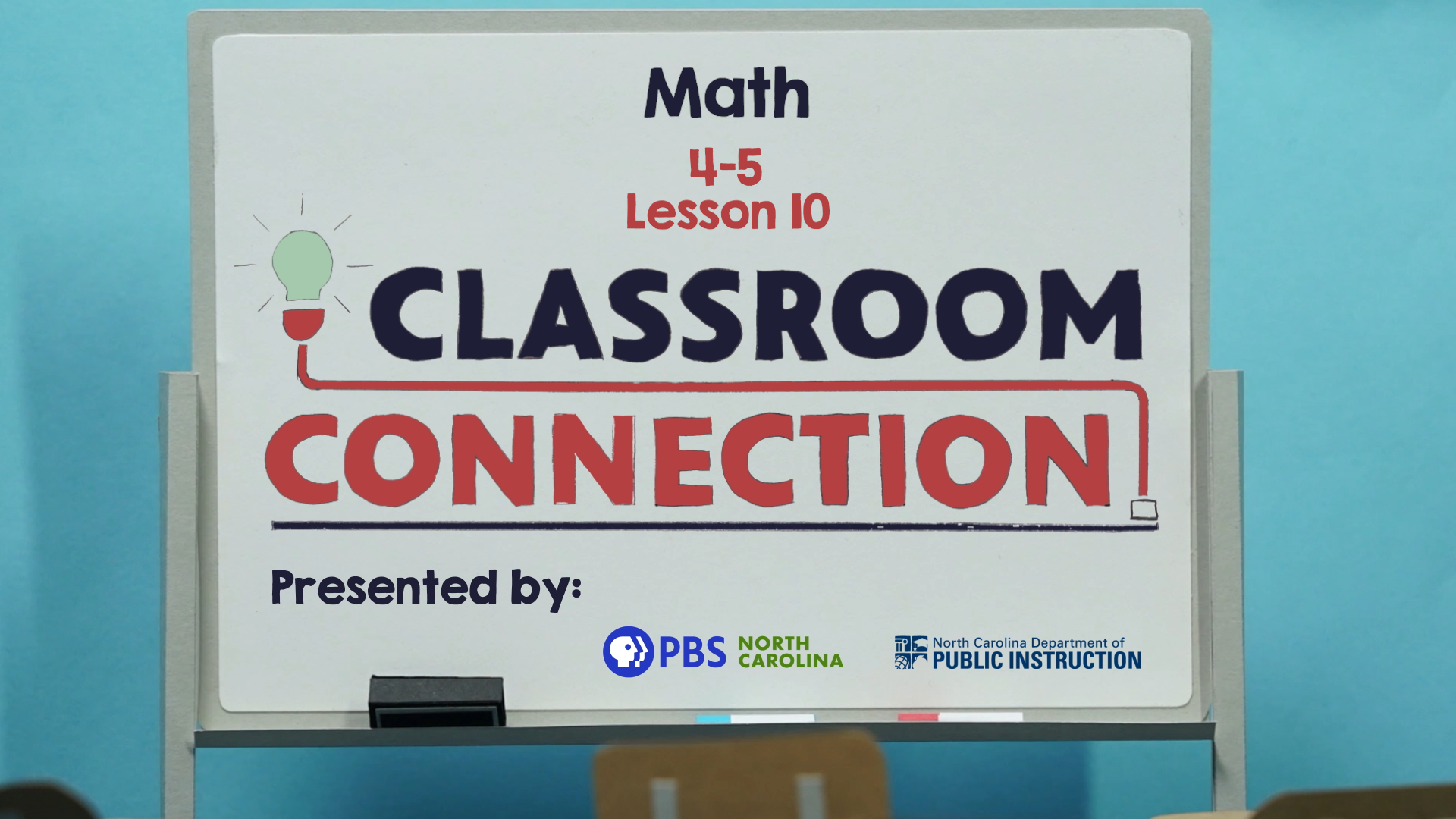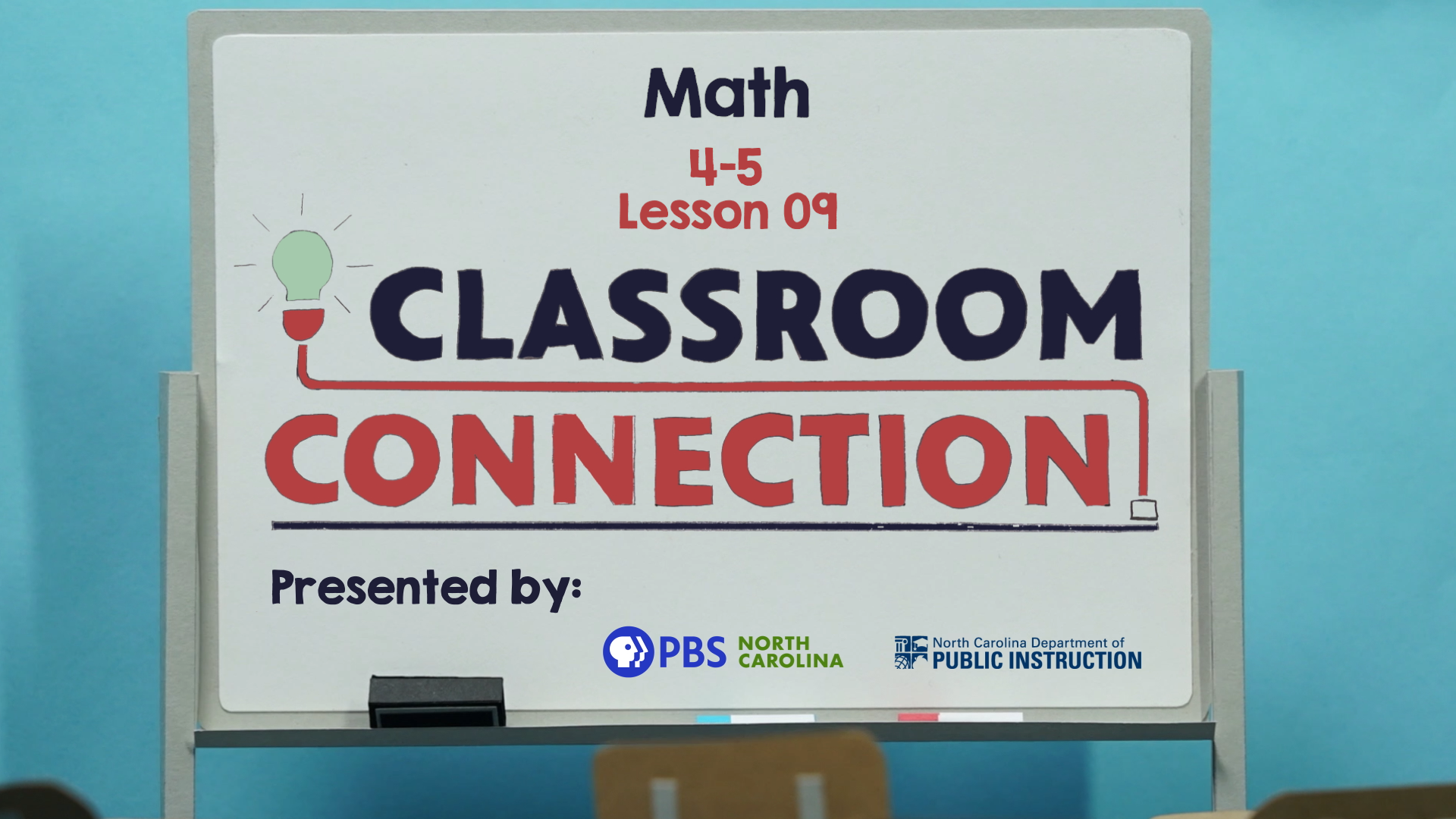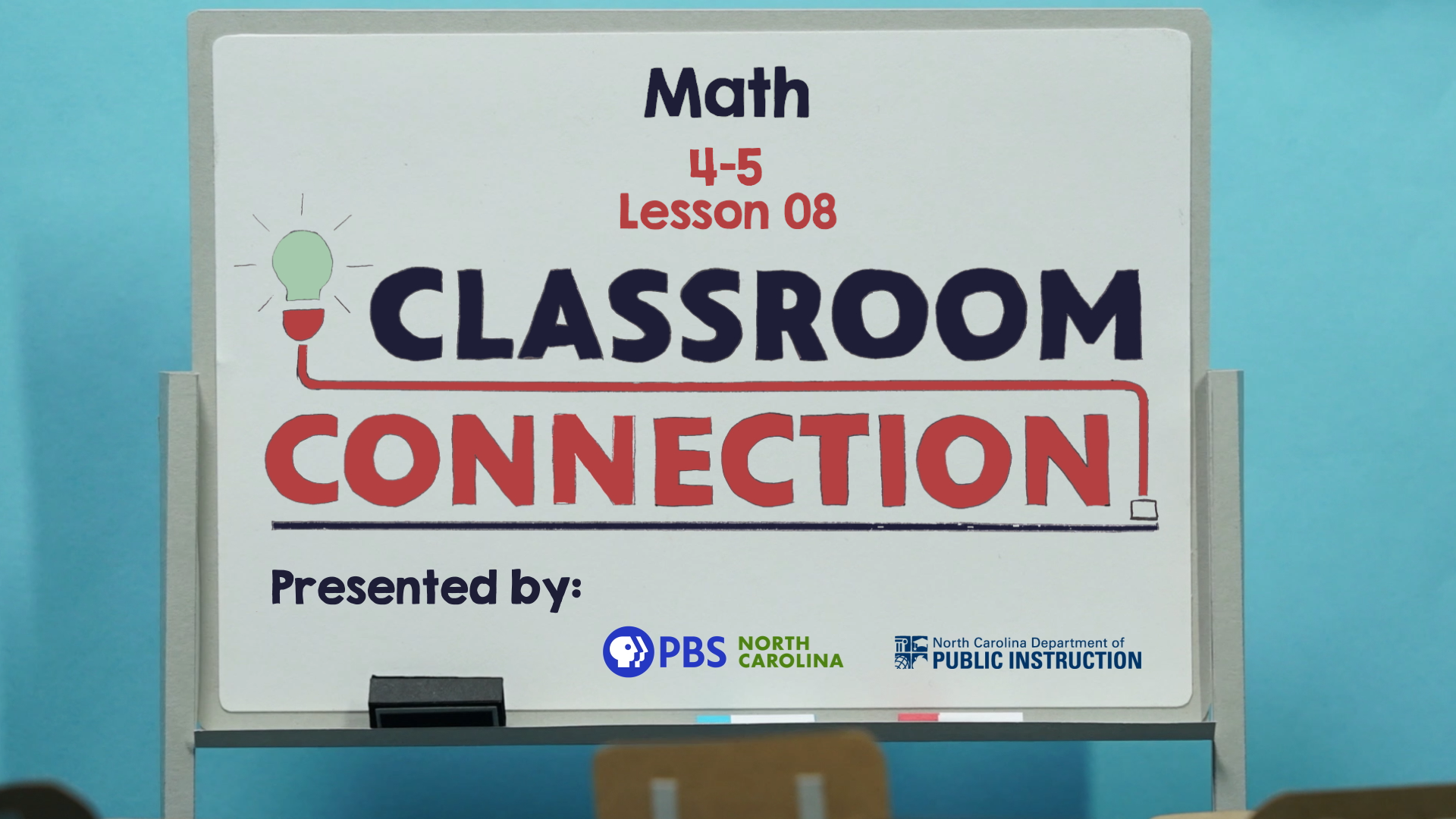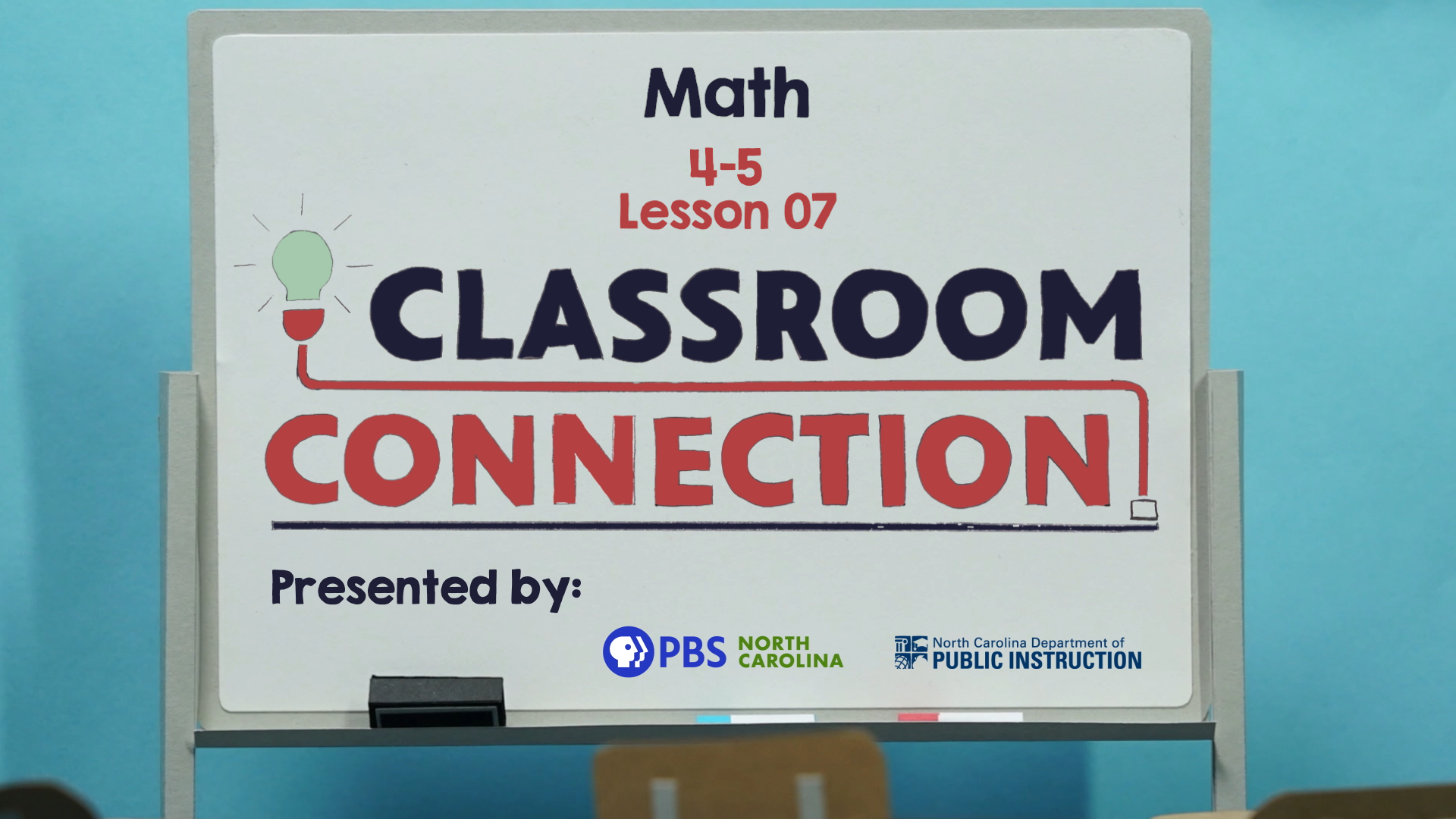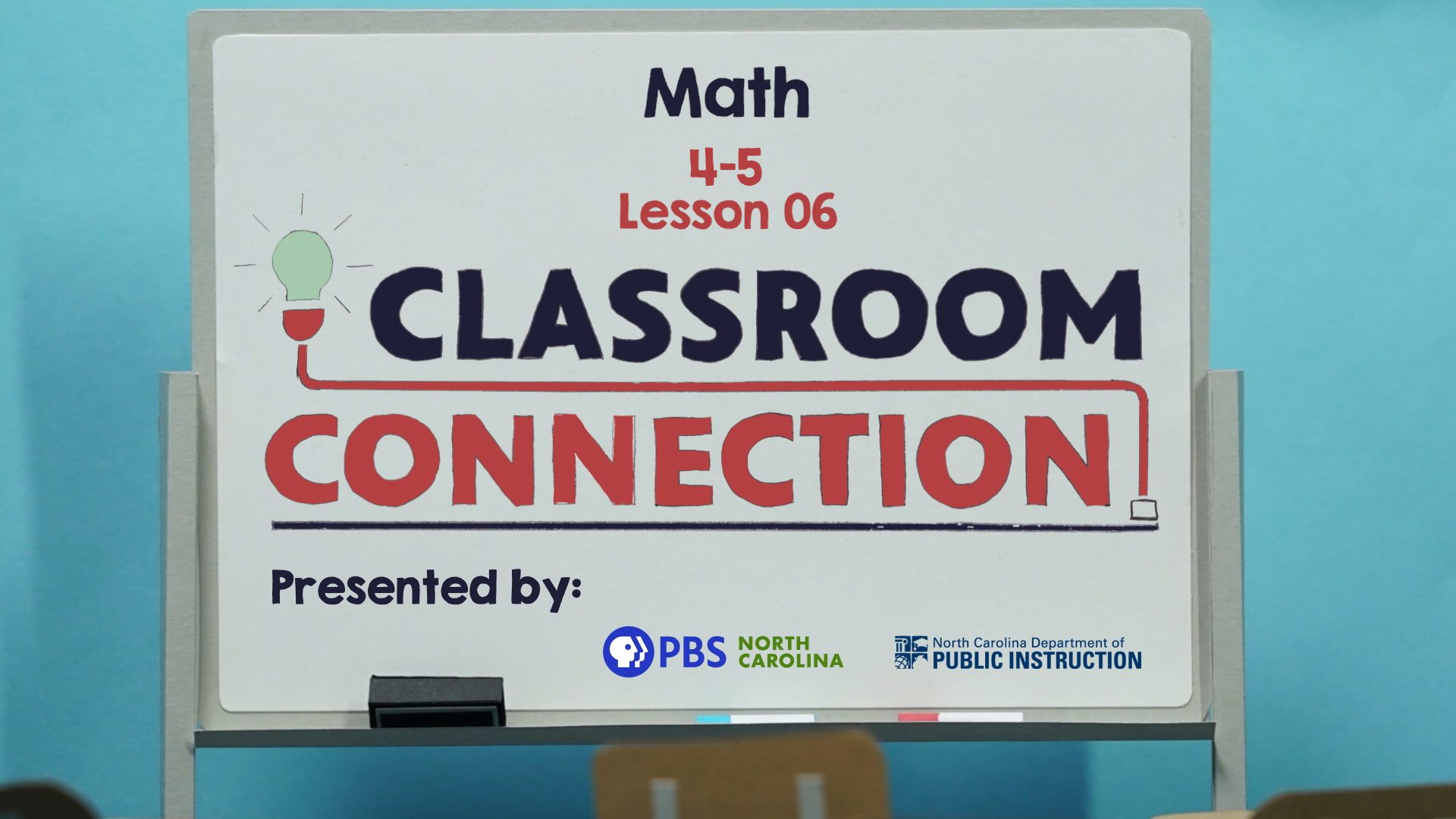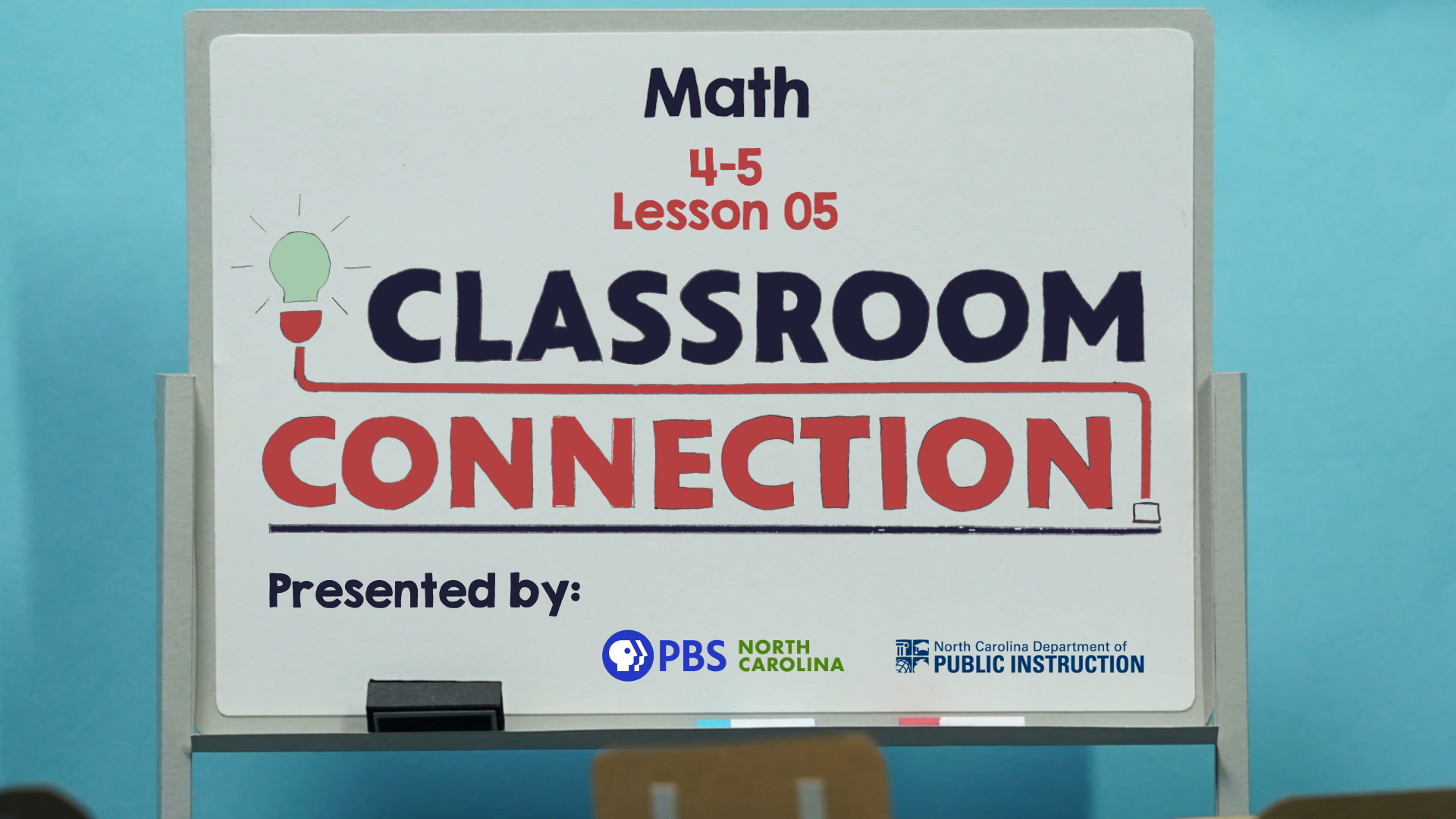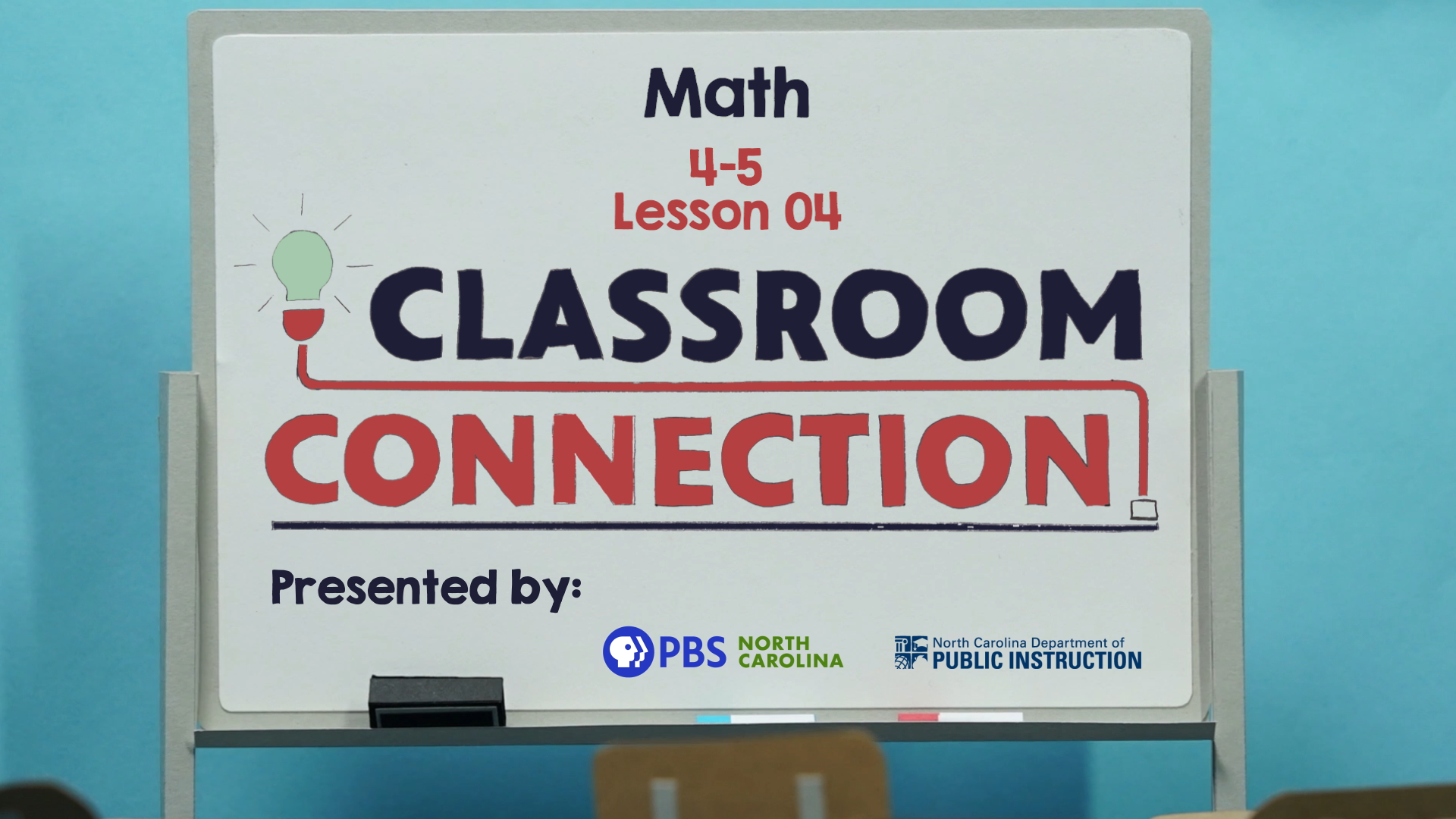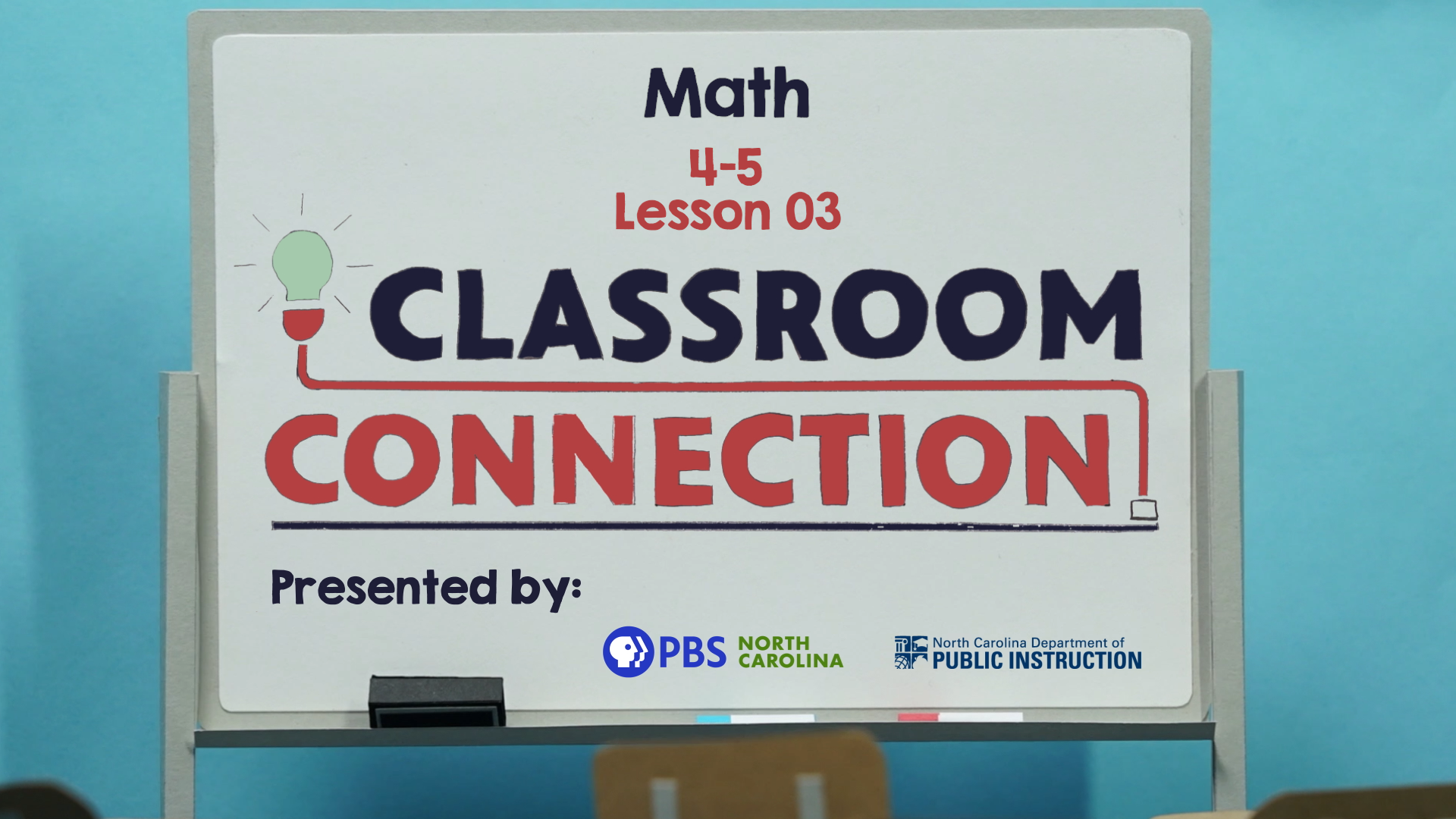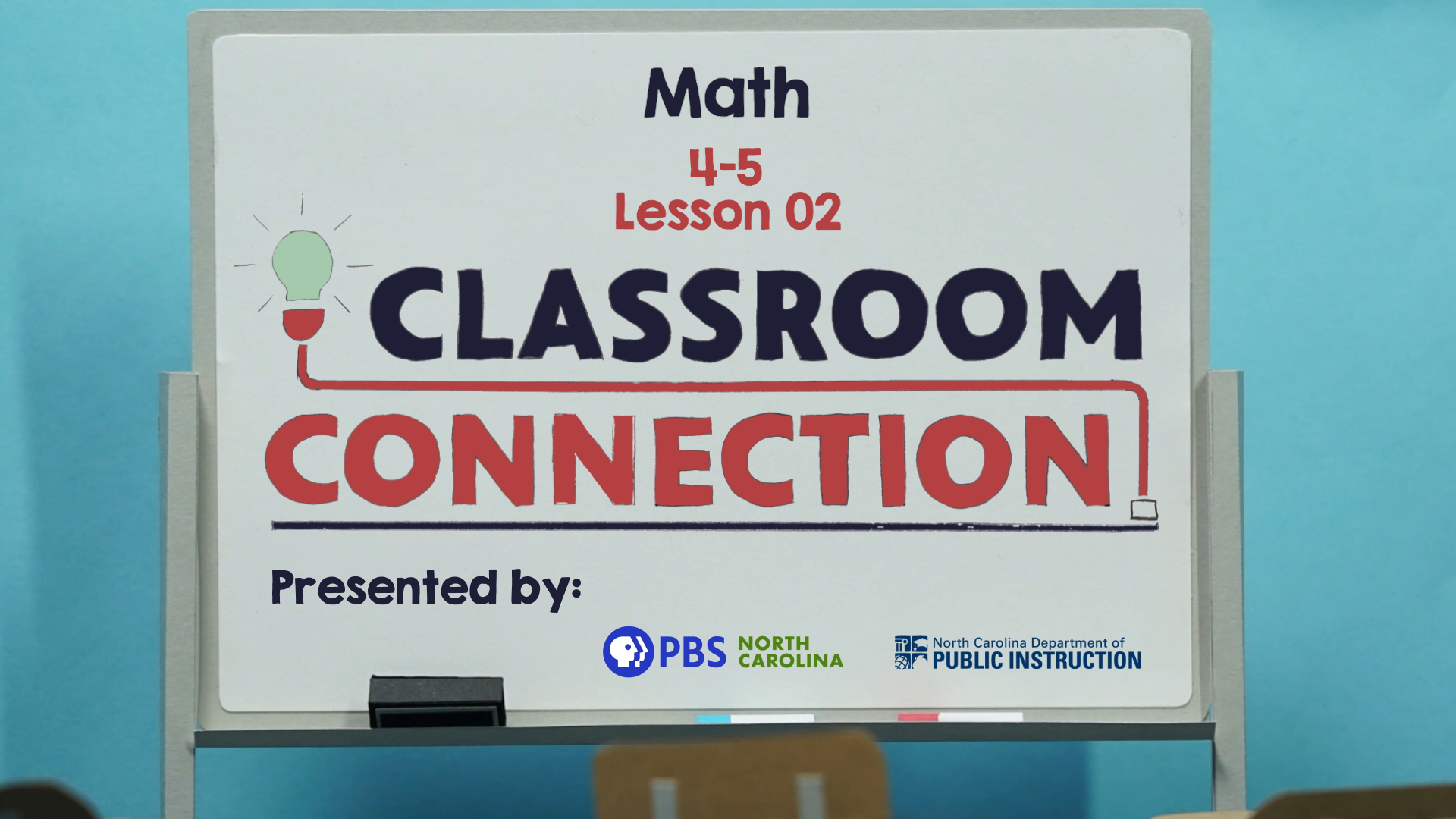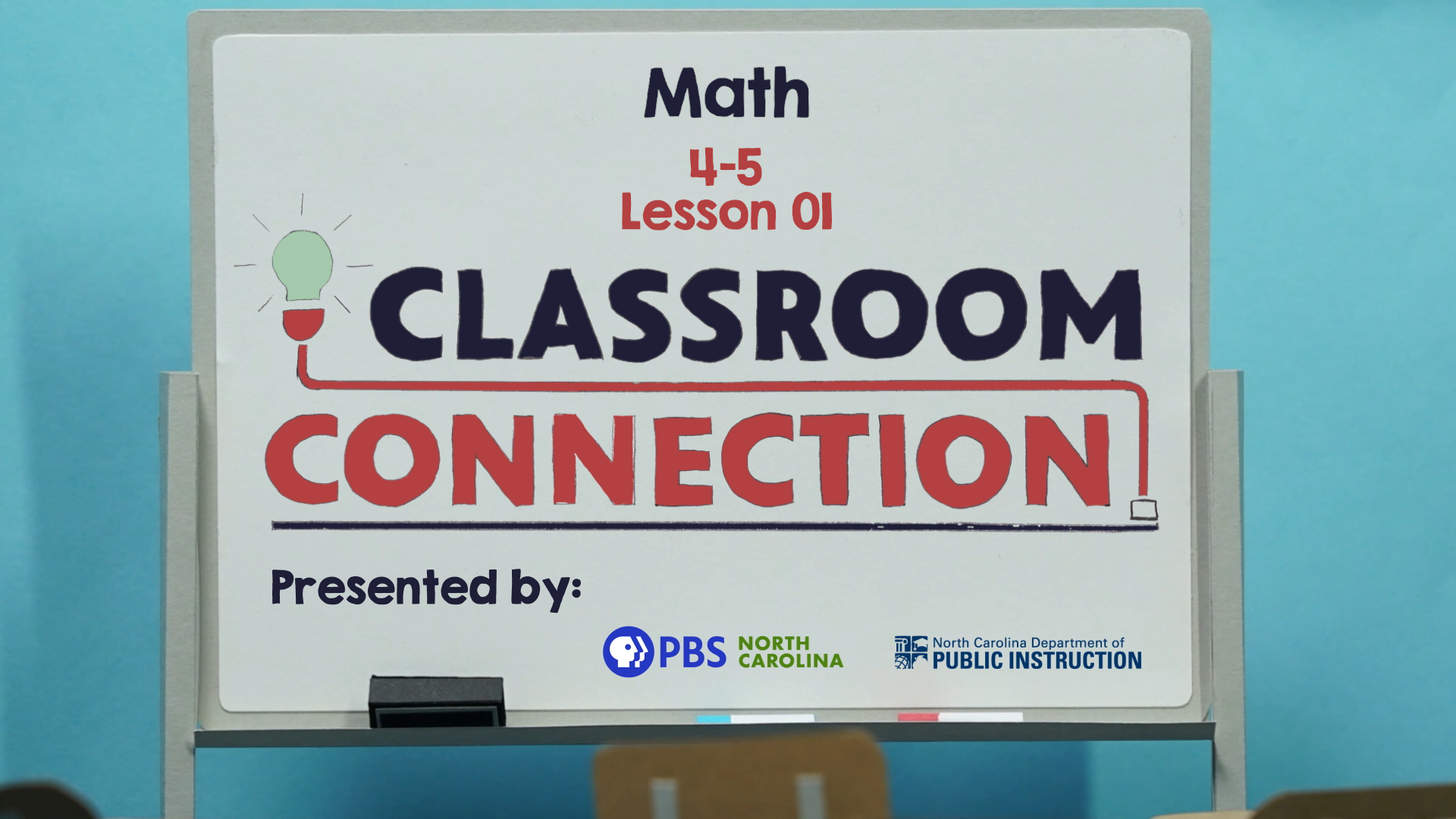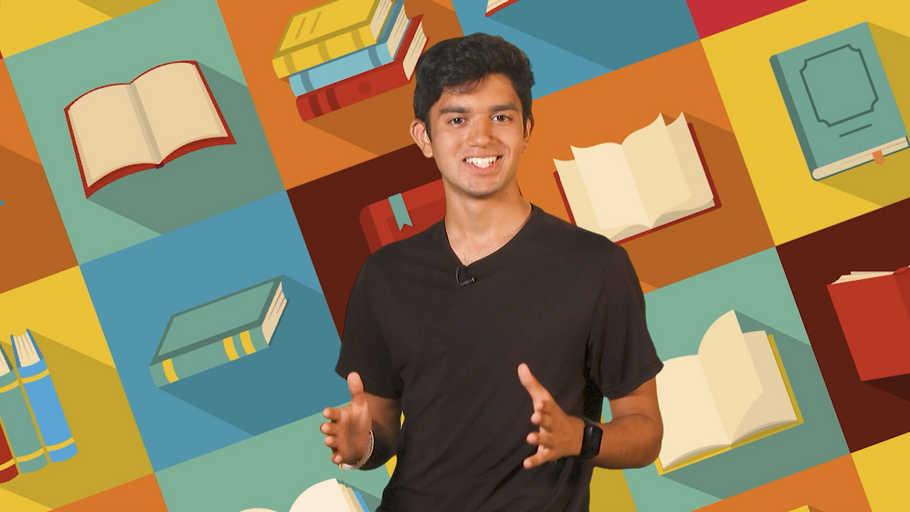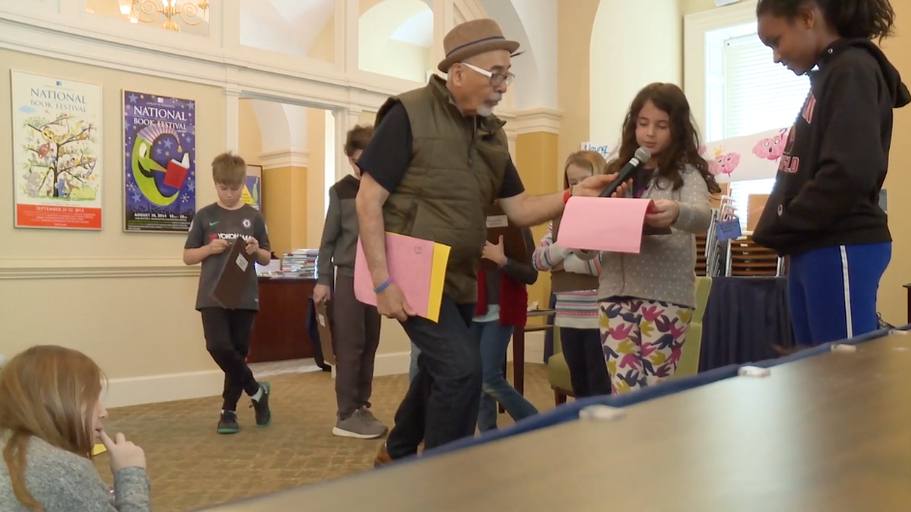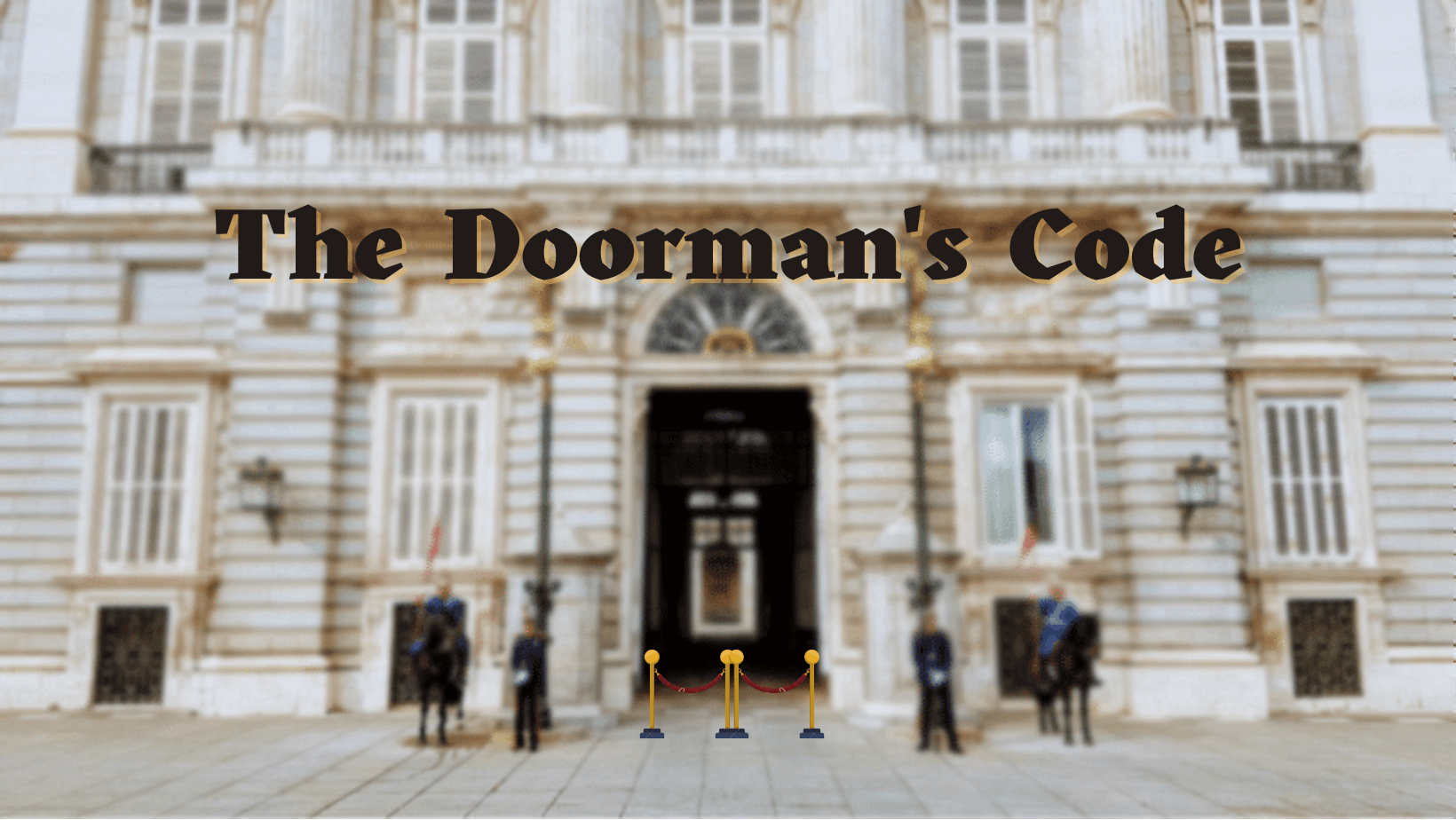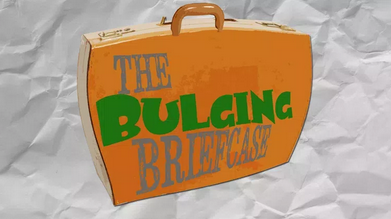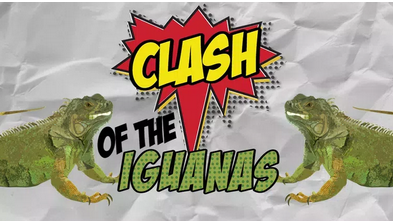Subjects
Shows
Introduce young children to important community helpers.
Cartoonist Joe Wos takes students through the creative steps of drawing cartoon characters.
Lesson 4
Have you ever heard of time capsules? Because of how architects have designed the world we live in, any building [...]
ArchiTreks get kids excited about architecture, science, engineering, and more through fun and educational adventures as they explore and discover their surroundings.
Follow along with the Ann Arbor District Library to make mini creations from polymer clay.
Lesson 24
Use the number line to place, compare, and order decimals to the hundredths. Use estimation and an algorithm based on place value to add decimals to hundredths. Use the number line to place, compare, order, and add decimals to the hundredths.
Lesson 23
Match visual models to the numbers they represent in fraction and decimal format. Solve problems with decimal fractions. Match visual models to the numbers they represent in fraction and decimal format.
Lesson 22
Use visual models and equations to solve problems involving multiplying and dividing fractions. Use models & equations to solve problems involving multiplying and dividing fractions.
Lesson 305
Student host Treasure helps us celebrate the incredible contributions women have made in science, math, literature, technology, and more.
Lesson 21
Use visual models, repeated addition, and multiplication to solve problems with equal sized groups. Compare the strategies to see which one is most efficient. Use visual models, addition, & multiplication to solve problems with equal sized groups.
Lesson 304
Dr. Rebecca Hasson of InPACT at Home joins Tara Hardy to discuss the importance of moving our bodies! Plus, we [...]
Lesson 20
Use estimation and visual models to solve problems involving adding fractions with unlike denominators. Solve problems involving adding fractions with unlike denominators.
Lesson 303
Explore the history, heritage, and culture of African-Americans.
Lesson 19
Put together the fraction puzzle pieces by matching the visual model, expression, and fraction representations. Match visual models, expressions, and fractions to explore adding fractions.
Lesson 302
Learn how to create your own spiral snake, see what it’s like to study with Broadway professionals, and more! Featuring Detroit School of the Arts student host, Brooke.
Lesson 18
Use visual models and benchmark fractions to help compare and order fractions with unlike numerators and denominators. Use a number line and benchmark fractions to compare and order fractions.
Lesson 301
Honor the legacy of Dr. Martin Luther King Jr. Content partners include U.S. National Park Service, Meet The Helpers, WUCF, American Black Journal, Detroit PBS Kids, and The Diatribe. Featuring student host, Brooke.
Lesson 17
Explore comparing fractions with like numerators or like denominators to tell which is larger or smaller using benchmark fractions and visual representations like number lines. Explore comparing fractions with like numerators or like denominators.
Lesson 16
Interpret a fraction as division of the numerator by the denominator. Solve word problems involving division of whole numbers leading to answers in the form of fractions or mixed numbers by using visual fraction models or equations to represent the problem. Interpret a fraction as division of the numerator by the denominator and solve problems.
Lesson 15
Use visual models to solve problems with division to divide unit fractions by whole numbers and whole numbers by unit fractions. Use visual models to solve problems with division of unit fractions & whole numbers.
Watch Story Pirate friends Lauren and Billy as they cast out common word “Said” and replace it with richer, more [...]
Lesson 14
Use estimation and visual models to solve problems involving adding fractions with unlike denominators. Use visual models to solve problems involving adding fractions with unlike denominators.
Lesson 13
Divide two- and three-digit numbers by a single-digit number using strategies based on place value (partial quotients). Divide multi-digit numbers by a single-digit number using strategies based on place value.
Lesson 12
Mr. Lineberger loves playing games with dice. He needs your help to figure out how many each of his friends will get when they come over to play games. We can use division to help him figure it out.
Lesson 11
Mr. Lineberger wants to plant a garden. Help him visualize and represent his garden. We can use division to help him plan how he'll use all the veggies he plans to grow.
Lesson 10
Explore side length, area, and volume and apply the formulas V = l × w × h and V = B × h for rectangular prisms to solve problems. Explore side length, area, and volume and apply the formulas for volume to solve problems.
Lesson 09
Understand concepts of volume measurement by counting unit cubes, using cubic cm, cubic in, cubic ft, and improvised units. Solve problems involving volume. Understand concepts of volume measurement by counting unit cubes or calculating volume.
Lesson 08
Use visual models, decompose shapes, and apply the area formula for rectangles to solve problems in real world contexts. Use visual models & the area formula for rectangles to solve problems.
Lesson 07
Decompose shapes into rectangles to determine the area of the composite shape using the area formula for rectangles. Decompose shapes into rectangles to determine the area of the composite shape.
Lesson 6
Decompose shapes into rectangles to determine the perimeter of the composite shape using the perimeter formula for rectangles. Decompose shapes into rectangles to determine the perimeter of the composite shape.
Lesson 5
Use attributes of quadrilaterals (number of sides and type of angles) to sort and classify shapes. Use attributes of quadrilaterals to sort and classify shapes.
Lesson 4
Use your body and form several yoga poses to help create, describe, and name different types of triangles. Name their angles. Move into yoga poses to help create, describe, and name different types of triangles.
Lesson 3
Move on a physical place value chart to help understand that in a multi-digit whole number, a digit in one place represents ten times what it represents in the place to its right. Move on a physical place value chart to understand the "times 10" pattern.
Lesson 2
Recognize that in a multi-digit number, a digit in one place represents 10 times as much as it represents in the place to its right. Hunt for patterns in the number of zeros of the product when multiplying a number by powers of 10. Hunt for patterns in the product when multiplying a number by 10.
Lesson 01
Multiply a two-digit by a one-digit whole number using strategies based on place value and the properties of operations. Illustrate and explain the calculation by using equations, rectangular arrays, and/or area models. Multiply whole numbers using place value strategies & the properties of operations.
Lesson 205
Take a closer look at coding - and get some advice about how to get started. Content partners include Code.org, WKAR, Career Girls, Detroit Public Television, West Michigan Works!, and youcubed at Stanford University. Featuring student host, Yash.
Lesson 203
Jabberwalk with a famous poet, learn about storytelling, and meet some cool writers. Content partners include Career Girls, StoryCorps, Inside Out Literary Arts, InPACT at Home, PBS Books, Library of Congress, and The Diatribe. This episode features student host, Yash.
Lesson 112
Mister C and the Science Crew have all the tricks to make science exciting with optical illusions.
Lesson 111
Experimenting with pendulums, marble tracks and more.
You're trying to attend a secret meeting, but the doorman just keeps saying numbers at you! You notice that other [...]
Subjects
Shows
Introduce young children to important community helpers.
Cartoonist Joe Wos takes students through the creative steps of drawing cartoon characters.
Lesson 4
Have you ever heard of time capsules? Because of how architects have designed the world we live in, any building [...]
ArchiTreks get kids excited about architecture, science, engineering, and more through fun and educational adventures as they explore and discover their surroundings.
Follow along with the Ann Arbor District Library to make mini creations from polymer clay.
Lesson 24
Use the number line to place, compare, and order decimals to the hundredths. Use estimation and an algorithm based on place value to add decimals to hundredths. Use the number line to place, compare, order, and add decimals to the hundredths.
Lesson 23
Match visual models to the numbers they represent in fraction and decimal format. Solve problems with decimal fractions. Match visual models to the numbers they represent in fraction and decimal format.
Lesson 22
Use visual models and equations to solve problems involving multiplying and dividing fractions. Use models & equations to solve problems involving multiplying and dividing fractions.
Lesson 305
Student host Treasure helps us celebrate the incredible contributions women have made in science, math, literature, technology, and more.
Lesson 21
Use visual models, repeated addition, and multiplication to solve problems with equal sized groups. Compare the strategies to see which one is most efficient. Use visual models, addition, & multiplication to solve problems with equal sized groups.
Lesson 304
Dr. Rebecca Hasson of InPACT at Home joins Tara Hardy to discuss the importance of moving our bodies! Plus, we [...]
Lesson 20
Use estimation and visual models to solve problems involving adding fractions with unlike denominators. Solve problems involving adding fractions with unlike denominators.
Lesson 303
Explore the history, heritage, and culture of African-Americans.
Lesson 19
Put together the fraction puzzle pieces by matching the visual model, expression, and fraction representations. Match visual models, expressions, and fractions to explore adding fractions.
Lesson 302
Learn how to create your own spiral snake, see what it’s like to study with Broadway professionals, and more! Featuring Detroit School of the Arts student host, Brooke.
Lesson 18
Use visual models and benchmark fractions to help compare and order fractions with unlike numerators and denominators. Use a number line and benchmark fractions to compare and order fractions.
Lesson 301
Honor the legacy of Dr. Martin Luther King Jr. Content partners include U.S. National Park Service, Meet The Helpers, WUCF, American Black Journal, Detroit PBS Kids, and The Diatribe. Featuring student host, Brooke.
Lesson 17
Explore comparing fractions with like numerators or like denominators to tell which is larger or smaller using benchmark fractions and visual representations like number lines. Explore comparing fractions with like numerators or like denominators.
Lesson 16
Interpret a fraction as division of the numerator by the denominator. Solve word problems involving division of whole numbers leading to answers in the form of fractions or mixed numbers by using visual fraction models or equations to represent the problem. Interpret a fraction as division of the numerator by the denominator and solve problems.
Lesson 15
Use visual models to solve problems with division to divide unit fractions by whole numbers and whole numbers by unit fractions. Use visual models to solve problems with division of unit fractions & whole numbers.
Watch Story Pirate friends Lauren and Billy as they cast out common word “Said” and replace it with richer, more [...]
Lesson 14
Use estimation and visual models to solve problems involving adding fractions with unlike denominators. Use visual models to solve problems involving adding fractions with unlike denominators.
Lesson 13
Divide two- and three-digit numbers by a single-digit number using strategies based on place value (partial quotients). Divide multi-digit numbers by a single-digit number using strategies based on place value.
Lesson 12
Mr. Lineberger loves playing games with dice. He needs your help to figure out how many each of his friends will get when they come over to play games. We can use division to help him figure it out.
Lesson 11
Mr. Lineberger wants to plant a garden. Help him visualize and represent his garden. We can use division to help him plan how he'll use all the veggies he plans to grow.
Lesson 10
Explore side length, area, and volume and apply the formulas V = l × w × h and V = B × h for rectangular prisms to solve problems. Explore side length, area, and volume and apply the formulas for volume to solve problems.
Lesson 09
Understand concepts of volume measurement by counting unit cubes, using cubic cm, cubic in, cubic ft, and improvised units. Solve problems involving volume. Understand concepts of volume measurement by counting unit cubes or calculating volume.
Lesson 08
Use visual models, decompose shapes, and apply the area formula for rectangles to solve problems in real world contexts. Use visual models & the area formula for rectangles to solve problems.
Lesson 07
Decompose shapes into rectangles to determine the area of the composite shape using the area formula for rectangles. Decompose shapes into rectangles to determine the area of the composite shape.
Lesson 6
Decompose shapes into rectangles to determine the perimeter of the composite shape using the perimeter formula for rectangles. Decompose shapes into rectangles to determine the perimeter of the composite shape.
Lesson 5
Use attributes of quadrilaterals (number of sides and type of angles) to sort and classify shapes. Use attributes of quadrilaterals to sort and classify shapes.
Lesson 4
Use your body and form several yoga poses to help create, describe, and name different types of triangles. Name their angles. Move into yoga poses to help create, describe, and name different types of triangles.
Lesson 3
Move on a physical place value chart to help understand that in a multi-digit whole number, a digit in one place represents ten times what it represents in the place to its right. Move on a physical place value chart to understand the "times 10" pattern.
Lesson 2
Recognize that in a multi-digit number, a digit in one place represents 10 times as much as it represents in the place to its right. Hunt for patterns in the number of zeros of the product when multiplying a number by powers of 10. Hunt for patterns in the product when multiplying a number by 10.
Lesson 01
Multiply a two-digit by a one-digit whole number using strategies based on place value and the properties of operations. Illustrate and explain the calculation by using equations, rectangular arrays, and/or area models. Multiply whole numbers using place value strategies & the properties of operations.
Lesson 205
Take a closer look at coding - and get some advice about how to get started. Content partners include Code.org, WKAR, Career Girls, Detroit Public Television, West Michigan Works!, and youcubed at Stanford University. Featuring student host, Yash.
Lesson 203
Jabberwalk with a famous poet, learn about storytelling, and meet some cool writers. Content partners include Career Girls, StoryCorps, Inside Out Literary Arts, InPACT at Home, PBS Books, Library of Congress, and The Diatribe. This episode features student host, Yash.
Lesson 112
Mister C and the Science Crew have all the tricks to make science exciting with optical illusions.
Lesson 111
Experimenting with pendulums, marble tracks and more.
You're trying to attend a secret meeting, but the doorman just keeps saying numbers at you! You notice that other [...]


